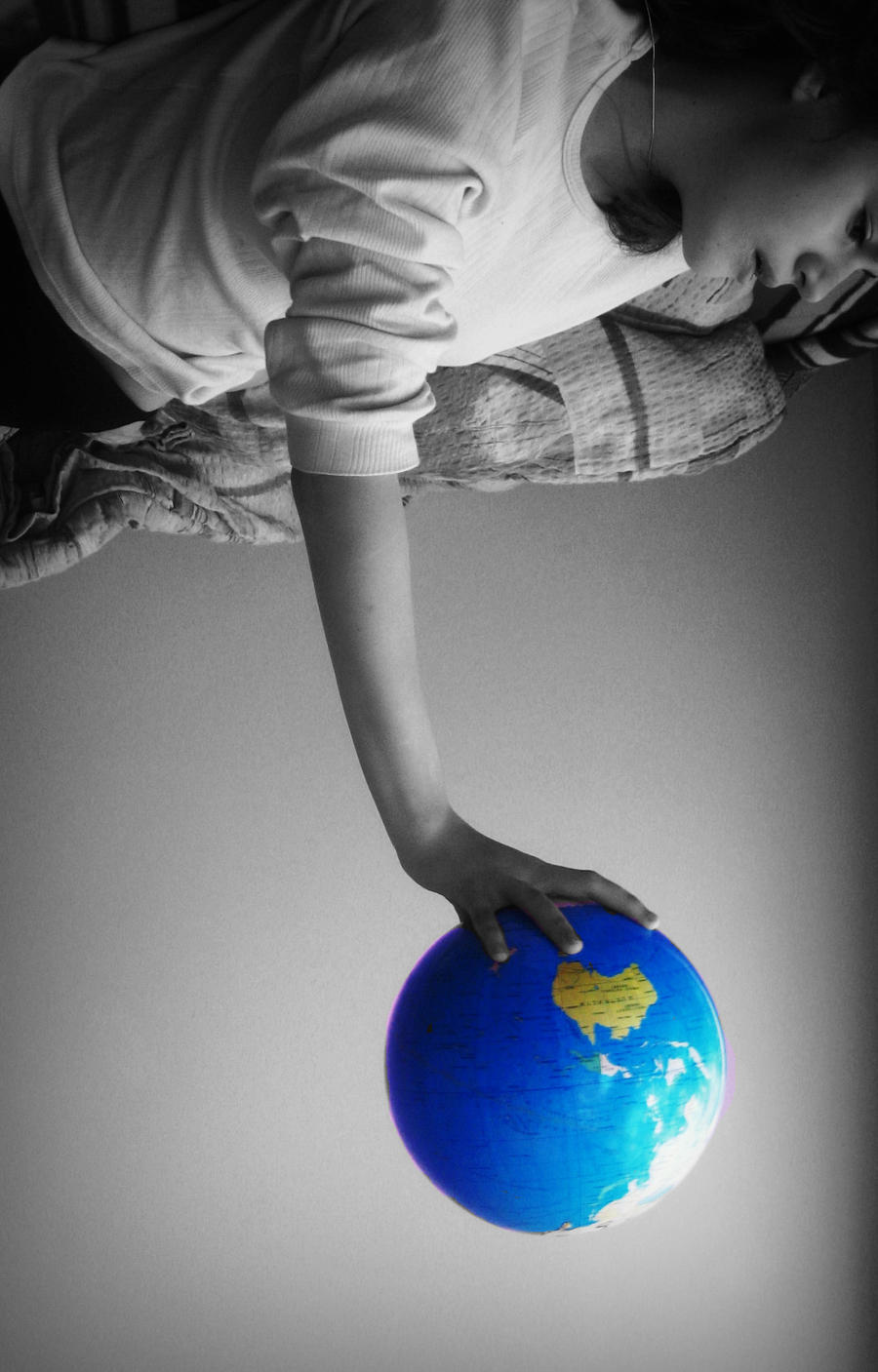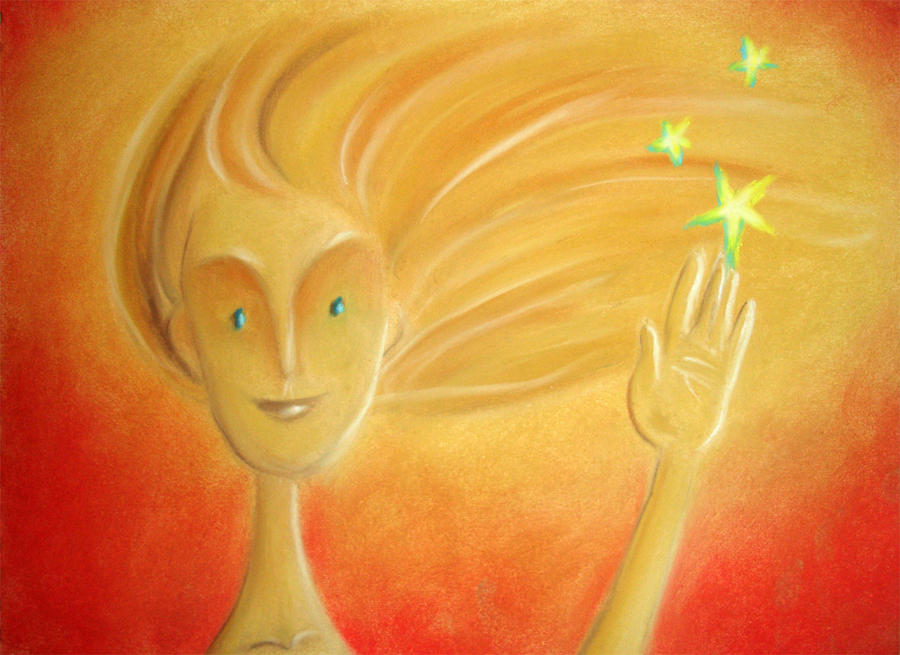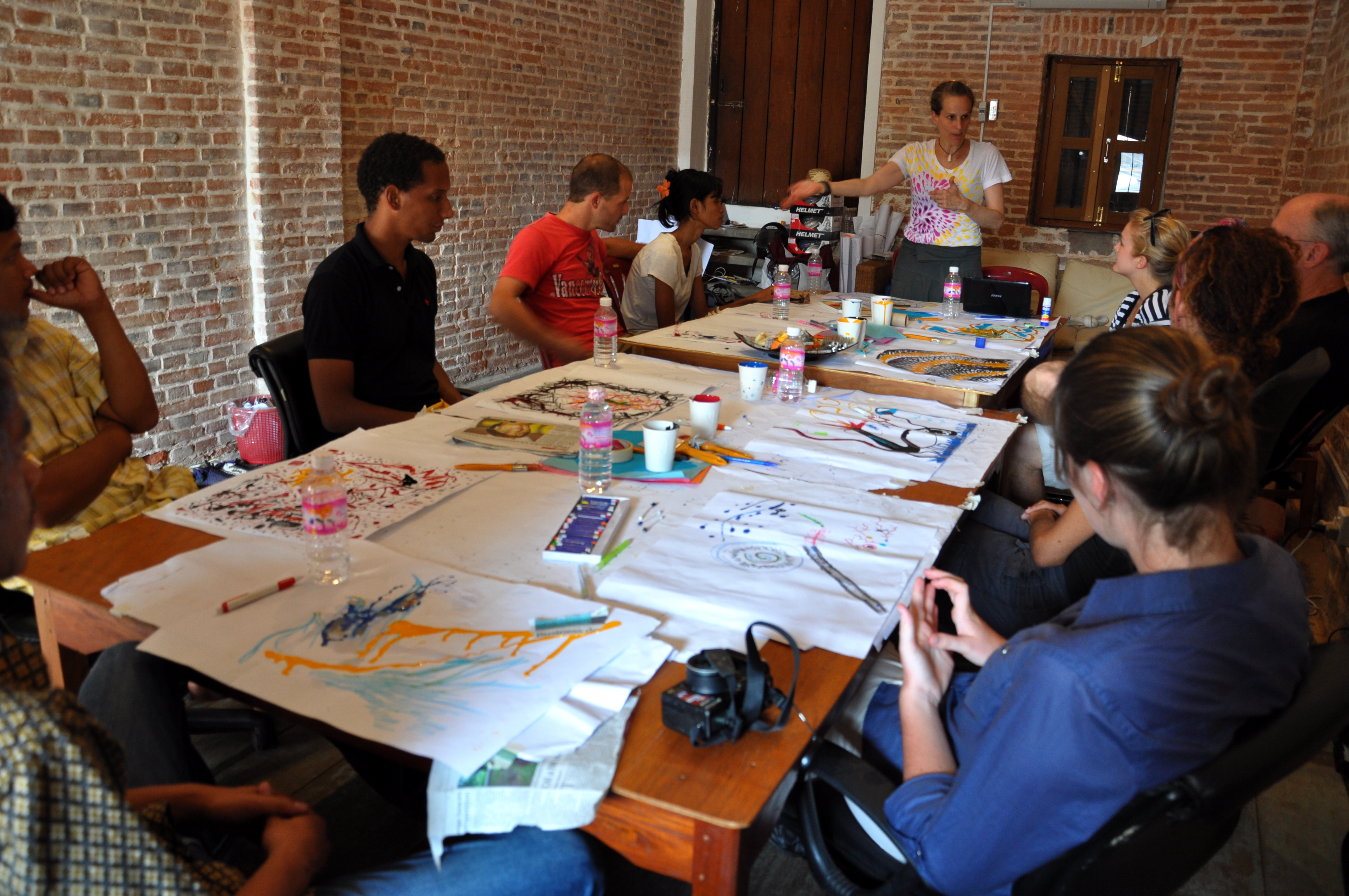Posted in Structural Transformation
March 16, 2015
I’ve long said that the ways in which work and organizational life are changing should be advantageous to those of us committed to social movements. Our organizational imperatives should never supersede our movement’s imperative. We should be willingly able to discard any organizational structure that does not serve our ultimate purpose. Read More
February 26, 2015

One of my mantras around network building and social change is that creating greater (and new forms of) connectivity is not simply a “so that” or a “nice to have” but is really an “as” and critical to the work of systems and structural change. This is echoed is some way, shape or form in many of the posts that appear in this space, and I think it bears repeating. Consider the following:
“Whether we learn how to love ourselves and others will depend on the presence of a loving environment. Self-love cannot flourish in isolation.”
bell hooks
- Isolation can kill. Science shows how loneliness and social isolation can ravage the body and brain. As noted in an article in The New Rebublic – “A partial list of the physical diseases thought to be caused or exacerbated by loneliness would include Alzheimer’s, obesity, diabetes, high blood pressure, heart disease, neurodegenerative diseases, and even cancer.” And who are the lonely? In many cases the poor, the bullied and oppressed, the “different.” When we consider how isolation can impact genes, we see how the cycles of poverty and oppression can play out at a fundamental psychobiological level. What this calls for, in part, is work that reconnects those who are currently in isolation and on the margins from/of myriad social goods including emotional support, tangible services and other critical resources.
- Disconnection breeds irresponsible behavior and prejudice. Science is helping us to understand the role of implicit bias in all of our lives and in society. Furthermore, the work of people like Paul Piff shows how those with considerable privilege who isolate from the rest of society (and keep to their own) tend to lose touch with empathy and any sense of egalitarianism. As my colleague Cynthia Parker notes, “Engaging with people unlike ourselves in situations that involve meaningful activity [and] counter-stereotypic experiences” helps to eliminate biases. In other words keeping and strengthening direct connection is a key part of the work for equity and democracy.
Read More
December 22, 2014
“As long as it remains invisible, it is guaranteed to remain insoluble.”
Margaret Heffernan, from Willful Blindness

Photo by Marie Aschehoug-Clauteaux
As I look back on 2014 through the lens of the work we have done at IISC supporting networks and movements for social justice and system change, one of the most significant themes that I’ve distilled is the value of “making the invisible visible.” This month I’ve facilitated a number of reflection sessions with diverse groups to gauge the development and impact they have felt and observed from our work over the course of the year. I tend to ask people how they see change happening at different levels: self, group, larger systems (organization, neighborhood, community, state, region, etc.). I also like to ask them to reflect via the use of stories, which I find often help to capture and convey developmental processes.
What has come from this sharing is that even though some of the big goals around equity and sustainability remain elusive, there has been movement and a significant part of this development comes down to seeing what had previously been unseen. While the methods for getting to this recognition have varied – from system mapping and analysis to network mapping to structural and power analysis to learning journeys to dialogue and tackling difficult conversations – by creating ample space to see, share and suppose, there has been significant deepening of relationships (to self, other, the work), change processes, and potential impact.
So what is being made visible? Read More
June 16, 2014

Last week’s New England Food Summit was a unique opportunity to bring a conversation that had begun in the northern more production-oriented parts of the region to a place where access, equity and urban ag are leading edges of the conversation. Food Solutions New England (FSNE) is leading a charge that challenges the imagination of people in six states to see and work together for a day in 2060 when we are able to produce (farm and fish) at least 50% of what is consumed here. This challenge takes on unique dimensions in different parts and communities of the region. In Rhode Island, where this year’s Summit was held, this means working with the highest unemployment rate in the country, an ever more diverse population and the reality of very limited space in which to place new food operations.
But as Ken Payne, member of the Rhode Island delegation and chair of the Rhode Island Food Policy Council, reminded Summit attendees, a central call is to creatively go about the work of “repurposing space” – physical, moral and economic.
Read More
April 11, 2014
The structural vs. transformational debate is alive and well. I’m glad that Curtis and Cynthia have been dipping back into it over the last few weeks. It is good to start at the end: the answer is a both/and, it’s not a good idea to get stuck in binaries.

The print pictured above captures it for me. It is Nelson Mandela’s drawing of the view from his cell at Robben Island, where he was imprisoned for 30 years.
Take that in for a second.
Thirty years in jail for daring to stand up for freedom.
The print’s beauty is undeniable.
How is this perspective possible?
There was something in Mandela’s mind, something in his soul, that could not be subjugated. Oppression doesn’t get more structural than four walls and a padlock. But they could not take away his freedom. This is the freedom that breaks chains. It is the freedom that inspires the world and liberates a whole people.
Nelson Mandela is the icon that destroys the binary. Structural and transformational integrate in his lifetime.
I agree with Curtis and Glanzberg that “The pattern most in need of shifting is not out there in the world, but in our minds.” And I agree with Cynthia that our mind changes when we become aware that others share in our condition and that our condition is the product of a very specific structure.
But there is something else happening here.
We have an interior condition. This interior condition is significantly affected by our thinking, but it is more than our thinking. This interior condition is significantly affected by our objective conditions, but it is more than our objective conditions. This interior condition is profoundly individual, but it is greater than the individual – our interior is “inter-subjective.” We have a collective interior.
Bringing our care and attention to what is inside. Nurturing, cultivating, developing, evolving what is inside. Connecting to one another there. Actively engaging a mutual awakening – that is the key to changing our thinking and to transforming our structures. It is the next step to liberation.
April 7, 2014

I saw the new biopic about César Chávez this weekend. Criticisms notwithstanding, I think there is a lot to celebrate and a lot to learn from this film. Here are a few things that struck me.
While details apparently were missing, this was the first I had heard of the solidarity between Filipino and Chicano farm workers. It was a clear example of how race has been used to keep the class system in place in this country.
While the role of women in the movement was not fully explored, I think Helen Fabela Chávez made one of the most important statements in the film as she and César discussed moving from LA to Delano to organize workers from within their ranks. “We can’t ask the people to do anything we are not willing to do.” There is no power like the power of personal experience and personal sacrifice to make change happen.
Personal sacrifice for la causa was a consistent theme. We get glimpses of the impact of the move from LA to Delano on the entire Chávez family, illustrated mostly through the experience of oldest son Fernando. When a former classmate shows up, César offers him a job as the “legal department,” with the salary of five dollars per week, making him both the highest and lowest paid staffer. At just under 4% of median income in 1968, that would be the equivalent of about $40 per week in 2012. And, of course, there was Chávez’ 25 day fast. He said of the fast (an actual quote here, not the movie!) “A fast is first and foremost personal. It is a fast for the purification of my own body, mind, and soul. The fast is also a heartfelt prayer for purification and strengthening for all those who work beside me in the farm worker movement. The fast is also an act of penance for those in positions of moral authority and for all men and women activists who know what is right and just, who know that they could and should do more. The fast is finally a declaration of non-cooperation with supermarkets who promote and sell and profit from California table grapes. During the past few years I have been studying the plague of pesticides on our land and our food,” Cesar continued “The evil is far greater than even I had thought it to be, it threatens to choke out the life of our people and also the life system that supports us all. This solution to this deadly crisis will not be found in the arrogance of the powerful, but in solidarity with the weak and helpless. I pray to God that this fast will be a preparation for a multitude of simple deeds for justice. Carried out by men and women whose hearts are focused on the suffering of the poor and who yearn, with us, for a better world. Together, all things are possible.”
The film also gave glimpses into the integrity, fearlessness, and creativity of the UFW’s strategy to secure rights for farm workers. Chief among these was the transition from strike to boycott—the transition from something that farm workers were doing to something that everyone was doing.
While a motion picture typically isn’t the way to learn about the history of social movements, this one sparked some useful thinking for me. What level of sacrifice am I willing to make for the causes I stand for? How am I working across racial lines to build solidarity? How can I support the kind of boldness and creativity needed to move justice forward in my lifetime? What about you?
March 31, 2014

This post continues a conversation that Curtis Ogden started last week. (Process is Where Change Happens) It’s a conversation we’ve been having for years at IISC. On one hand, we recognize the importance of understand how thinking shapes the systems we produce and reproduce. And it’s important to understand that inequities and oppression are not just a matter of thinking that can be changed simply by changing our minds. I’ve often been impatient with the “change your thinking, change the world” discourse because I’ve seen it used as an excuse for avoiding discussing the systems dynamics and the resulting inequities they produce. Still, I think there are a few ways in which focusing on the change “in here” can provide power for changing conditions “out there.”
Read More
March 14, 2014

Last week Darren Walker opened the Resilient Cities lunch reminding us that not only do we need to work to make cities resilient and sustainable, we must also work to make them just. As I listened to Xav Briggs, Joan Clos, Toni Griffin and others speak, I thought about my work at MIT’s Department of Urban Studies and Planning and what working to make just cities means for planning and planners. How does one attend to the myriad issues facing cities: poverty, crumbling infrastructure, environmental sustainability and economic collapse? Read More
March 3, 2014

Four compelling questions came to me via the monthly newsletter of Conditioning Leaders, led by our colleague Madeline McNeely. She’s reflecting on 20 years of work and asking herself some great questions that we should all be asking ourselves as our year gets into full swing:
Read More
February 11, 2014

Bill Gates’ 2014 annual letter debunks three myths about poverty and foreign aid. It reminds me about the power of narrative to drive decision making and action, even when the narrative is not backed up by facts. Here are the debunked myths in short form. Read the full letter for the longer version.
Read More
February 3, 2014

The following post has been written by Royve Holladay at The Adaptive Action. We hope you enjoy it as much as we did!
Can three questions really change the world? Well, maybe. Let’s think about it for a minute. One thing we know about schools is that nothing stays the same for long. Each year brings the latest “best practice.” Each week brings a new procedure and its paperwork. Each day, our students pose new challenges. Each hour, the media bombards us with news about the latest crisis. What might possibly help us keep our balance as the world shifts beneath us?
Read More
January 26, 2014

The following post has been reblogged from our friend August Turak. Check out more of August’s amazing work!
The industrial age led to the compartmentalization of life. We turned everything into a silo. We even siloed ourselves. Here I am spiritual, here I am fun, here I work… We have been looking at personal development through that limited lens. But August Turak points us in a different direction. He invites us to make “personal development” the central purpose of our lives. When we make our own evolution a central purpose in our lives we become active contributors to the evolution of consciousness and culture as well as the material changes we want to see in the world. I hope you enjoy this post from August Turak as much as we did.
Read More












